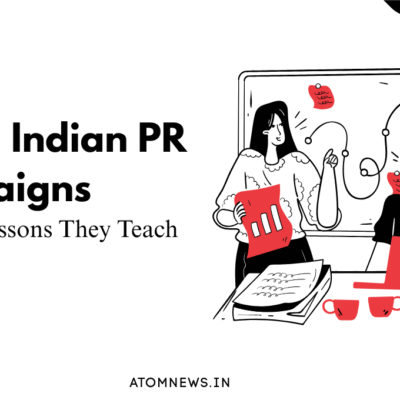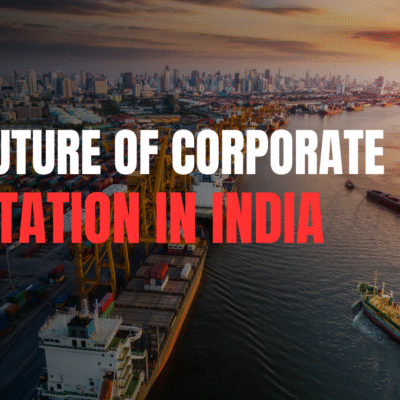The electric vehicle (EV) market is experiencing a boom, with sales of passenger EVs jumping 91% and commercial EVs tripling year-on-year (YoY) in FY24. This surge in demand is not just for the finished vehicles, but also for the components that make them run. As a result, a new breed of smaller EV component makers is attracting the attention of venture capital (VC) firms.
These smaller players often started their businesses in other sectors before pivoting to cater to the growing EV market. They fill gaps in the services provided by larger manufacturers and offer extensive design-to-manufacture solutions for customers like original equipment manufacturers (OEMs).
From Set-Top Boxes to EV Parts: The Rise of Agile Manufacturers
Take Gurgaon-based Indigrid, for example. They began by manufacturing TV set-top boxes but transitioned to EV parts like motor control units (MCUs) and instrument clusters over the past six to seven years. Similarly, Matel, which started as a solar water pump manufacturer in 2016, shifted gears to EV part production in FY21. Both companies secured their first institutional funding rounds only in May-June 2024.
These agile startups are capitalizing on the rising demand for EV parts, which has traditionally been dominated by large manufacturers like Sona Comstar and Sterling Gtake. Their advantage lies in offering a more comprehensive solution. Indigrid, for instance, not only manufactures MCUs but also produces vehicle control units (VCUs), battery management systems (BMS), and DC-DC converters.
Addressing the Need for Innovation and Speed
“Large players often specialize in specific areas,” explains Netaji C Patro, co-founder of Matel. “Sona Comstar focuses mainly on motors, not MCUs or VCUs. Design changes with established companies like Sterling Gtake and Bosch can be expensive and time-consuming.”
EVs also require a wider range of electronic components and instruments compared to internal combustion engine (ICE) vehicles. This opens doors for smaller firms to innovate and cater to these specific needs. Companies like Indigrid and Matel design and manufacture a variety of components, including MCUs, VCUs, BMS, DC-DC converters, and instrument clusters.
A Growing Reliance on Supply Chain Partners
The increasing sales of EVs are also pushing established OEMs like Ather and Ola to rely more heavily on their supply chain partners, even for design iterations. Traditionally, these companies designed most equipment in-house. However, with growing production volumes, outsourcing some aspects becomes more efficient. Additionally, established manufacturers like Bajaj and Mahindra are increasing their focus on EVs, and they too are looking to partner with reliable suppliers.
“Well-capitalized OEMs will likely rely more on supply chain partners for design iterations as their sales volumes rise,” says Amit Sharma, general partner at venture fund Cactus Partners, which invested in Indigrid. “This is true even for established players like Bajaj and Hero MotoCorp, as well as newer entrants like Bounce Electric, Revolt, and Omega Seiki Mobility.”
Agility and Quick Turnaround as Competitive Advantages
Smaller firms like Indigrid and Matel leverage their smaller size to their advantage. They can provide multiple iterations of products with a much faster turnaround time. This agility is particularly attractive to OEMs, as traditional auto component giants often struggle with faster development cycles due to their larger size and established processes.
“These new-age firms can provide quicker turnaround times for product iterations, which is a significant advantage,” says Mohammed Shoeb Ali, co-founder and managing partner at Transition VC, an investor in Matel. “This flexibility is expensive and time-consuming for traditional auto component giants.”
Challenges and Opportunities for New Entrants
However, traditional firms still have some advantages. They have well-established supply chain relationships and larger production capacities. In contrast, the newer players are still testing and scaling their products. Despite this, a shift is underway. Traditional OEMs like Hero MotoCorp and Bajaj, along with newer players, are increasingly working with these new-age EV component suppliers.
The lack of VC interest in the past can be attributed to the perceived risk associated with smaller firms in a capital-intensive sector. “This is a research and development (R&D) heavy industry,” explains Rishab Puri, co-founder of Indigrid. “Investors often want to see quicker results. We had to spend years and significant resources on product development before achieving commercial viability.”
The long development cycle creates a double challenge: a dearth of well-funded startups and a cautious investor base. “The standards for hardware are high. You need to validate product design, production capabilities, supply chains, and more,” says Shoeb. “Larger VCs often expect companies to reach Rs 4-5 crore in monthly revenue before Series A funding, which is a much higher
Read more: Marketing News, Advertising News, PR and Finance News, Digital News





